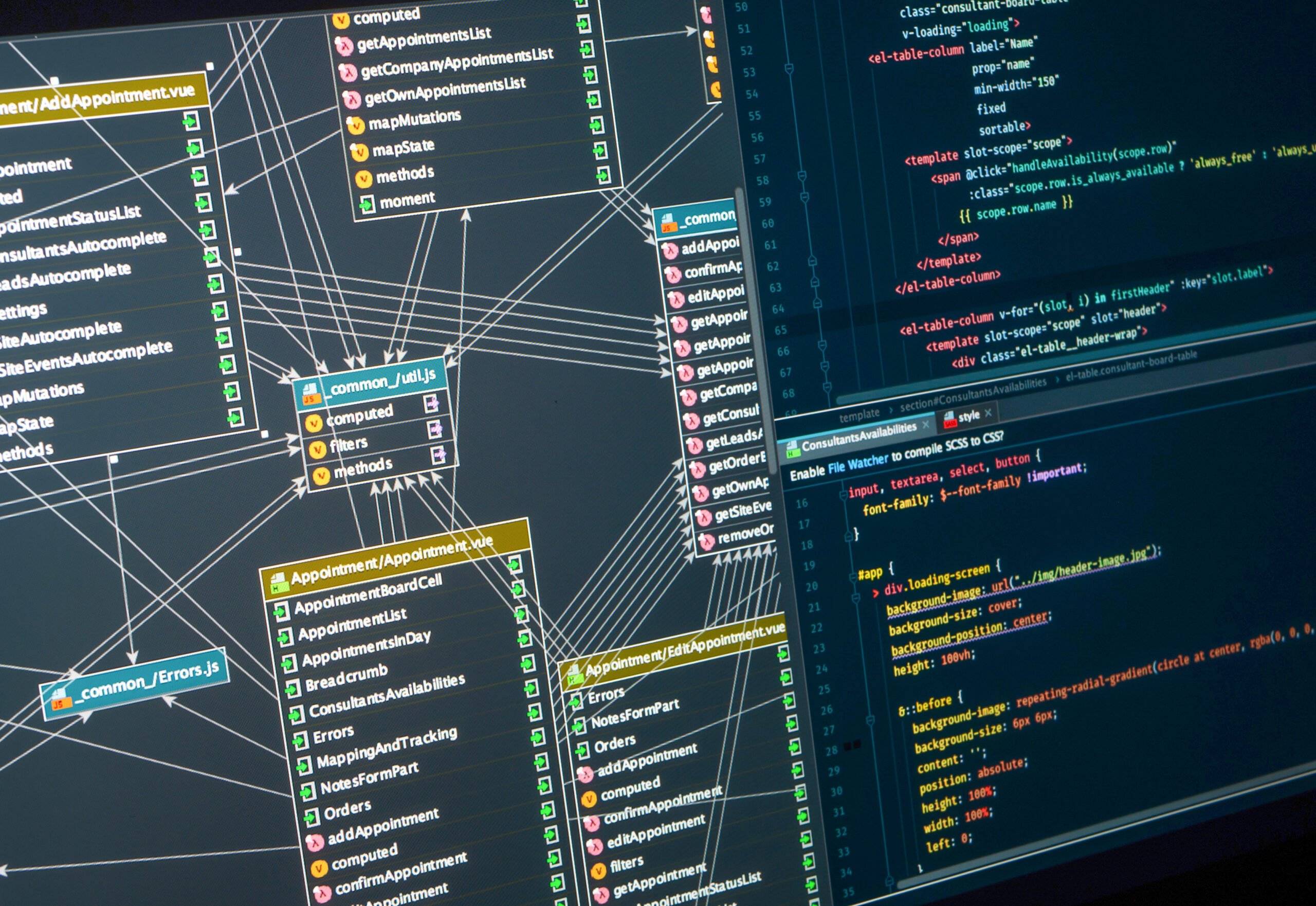In today’s fast-paced digital landscape, businesses need to rapidly adapt and innovate to stay competitive. The journey from a business idea to a fully realized technical solution can be complex, requiring a cohesive strategy to ensure alignment with organizational goals, resource optimization, and future scalability. This is where Enterprise Architecture (EA) becomes indispensable. As an IT consultancy, we want to explain how EA can guide and streamline this journey, ensuring that your business ideas are transformed into effective and sustainable technical solutions.
Understanding Enterprise Architecture
Enterprise Architecture is a comprehensive framework used to manage and align an organization’s IT assets, people, operations, and projects with its overall business goals. It encompasses four key domains:
- Business Architecture — Defines the business strategy, governance, organization, and key business processes.
- Data Architecture — Describes the structure of an organization’s logical and physical data assets and data management resources.
- Application Architecture — Provides a blueprint for the individual applications to be deployed, their interactions, and their relationships to core business processes.
- Technology Architecture — Details the hardware, software, and network infrastructure necessary to support the deployment of core, mission-critical applications.
The Journey from Business Idea to Technical Solution
1. Ideation and Business Alignment
- Identifying Business Goals: The journey begins with a clear understanding of the business goals and objectives. Enterprise Architecture ensures these are documented and aligned with the organizational strategy.
- Stakeholder Engagement: EA facilitates communication and engagement with key stakeholders to understand their needs and expectations, ensuring that the business idea is feasible and aligned with business priorities.
2. Strategic Planning
- Current State Analysis: EA conducts a comprehensive assessment of the current state of IT and business processes. This helps identify gaps and opportunities for improvement.
- Future State Visioning: Based on the business goals, EA defines a future state vision that includes target business processes, information requirements, applications, and technologies.
3. Design and Development
- Architectural Blueprint: EA develops an architectural blueprint that provides a high-level design of the proposed solution. This includes business process models, data models, application portfolios, and technology stacks.
- Roadmap Creation: EA creates a detailed roadmap that outlines the steps required to move from the current state to the future state, including timelines, milestones, and resource allocation.
4. Implementation and Integration
- Solution Design: The detailed design phase translates the architectural blueprint into detailed technical specifications for each component of the solution.
- Development and Testing: EA oversees the development and testing phases to ensure that the solution is built according to the specifications and meets the quality standards.
- Integration and Deployment: EA ensures seamless integration of new solutions with existing systems and oversees the deployment process to minimize disruption to business operations.
5. Governance and Monitoring
- Governance Framework: EA establishes a governance framework to ensure ongoing alignment with business goals, adherence to standards, and effective risk management.
- Performance Monitoring: EA implements monitoring mechanisms to track the performance of the solution and ensure it delivers the expected business value.
6. Continuous Improvement
- Feedback Loops: EA incorporates feedback loops to continuously gather input from users and stakeholders, ensuring the solution evolves to meet changing business needs.
- Scalability and Adaptability: EA designs solutions with scalability and adaptability in mind, ensuring they can grow and evolve with the business.
The Benefits of Enterprise Architecture
- Strategic Alignment: EA ensures that IT investments and initiatives are aligned with business goals, maximizing their strategic value.
- Improved Efficiency: By optimizing processes and resources, EA enhances operational efficiency and reduces costs.
- Agility and Innovation: EA enables organizations to quickly adapt to changes and seize new opportunities, fostering a culture of innovation.
- Stakeholder Satisfaction: Through effective communication and collaboration, EA ensures that stakeholder needs are met, enhancing overall satisfaction.
Conclusion
Enterprise Architecture is a crucial enabler in the journey from a business idea to a technical solution. It provides a structured approach that ensures alignment with business goals, optimizes resources, and delivers sustainable, scalable solutions. By leveraging EA, your organization can navigate the complexities of digital transformation with confidence, ensuring that your business ideas are effectively translated into successful technical solutions.
As an IT consultancy, we are here to guide you through this journey, leveraging our expertise in Enterprise Architecture to help you achieve your strategic objectives and drive business success.
You can find out more about Enterprise Architecture services we offer here.


